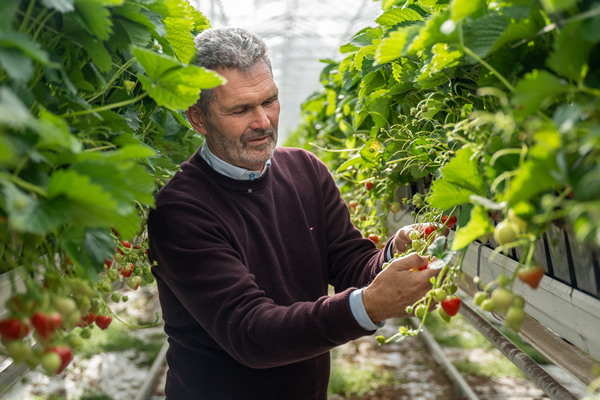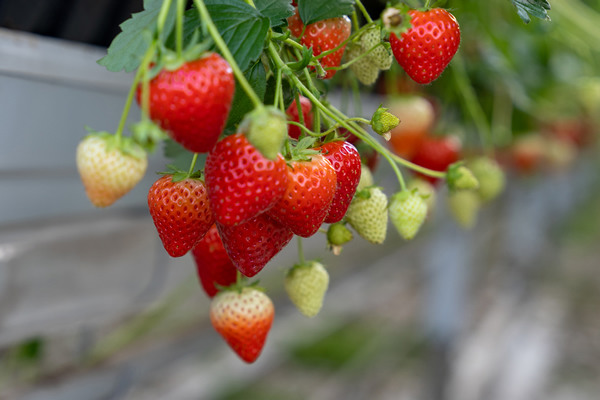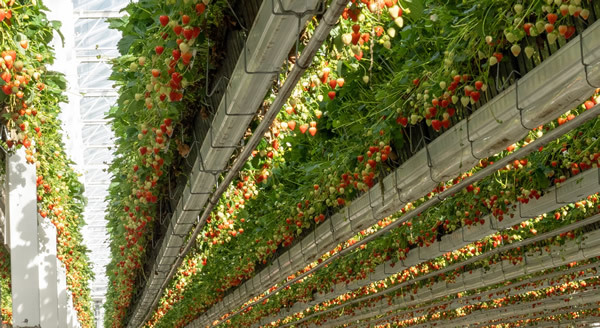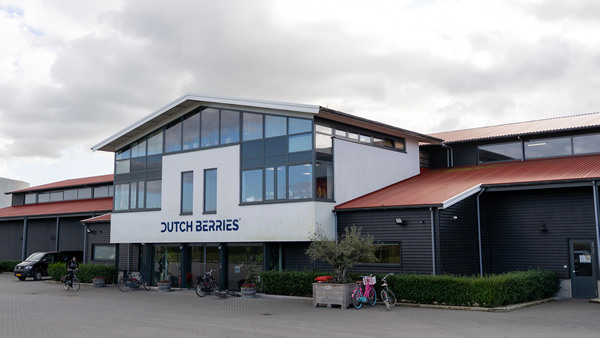The new Dutch strawberry season has begun at Dutch Berries. "We canceled two lit crops because of the energy crisis. Fortunately, that's over, and, in consultation with our customer, we've restarted a lit crop. Last week, we picked the first strawberries, and with that, spring has begun for us," says Boudewijn van der Wal.
 Boudewijn van der Wal
Boudewijn van der Wal
He grows this Sonsation variety of strawberries under full LED lights in a four-hectare greenhouse in the Netherlands. Boudewijn considers the past winter a hiccup and expects to be able to supply year-round Dutch strawberries again from now on. "We're exploring numerous innovations to sustainably produce more kilograms as well as different cultivation concepts with fewer cubic meters."

"Greenhouse strawberry cultivation is tricky, so there probably won't be much expansion. There is, however, a shift to so-called ever-bearers, allowing growers low-energy cultivation with year-round harvesting. I have high hopes for the Lady Emma variety, which a British breeding company marketed via its breeding branch. We've had good experiences with these over the past three years," explains Boudewijn.

"Knowing what I know, I fully expect year-round Dutch strawberry cultivation to remain. This year was unusual, given the energy prices, but year-round Dutch strawberries remain high on Dutch retailers' wish lists. Recently, southern countries like Spain, Portugal, and Morocco haven't been able to deliver the right volumes at the right time either. We, thus, expect to fill that gap with Dutch strawberries again in the coming winters."

Dutch Berries expects its first ever-bearers in late March, with Elsanta, another ever-bearer following in the second week of April. "There are currently few strawberries on the market, and day trade prices are sky high. Will large import strawberry volumes still hit the market in April? Or will those crops be so worn down that people will quickly switch to Dutch products? That's the big question. In that sense, it's a very uncertain spring. Everyone's busy determining their future strawberry cultivation strategy," Boudewijn concludes.
 For more information:
For more information:
Boudewijn van der Wal
Dutch Berries
Email: [email protected]
www.dutch-berries.com










